Cribs and Cyberpunk: Things You Can Do Using Unity 3D

Launched back in 2005 as a “garage startup”, today Unity 3D is the world-leading game-making platform. Thousands of happy customers build high-quality apps and games using Unity engine, deploy them across mobile, desktop, consoles or the Web, and reach largest possible audiences. It is also the most widely used VR development platform.
What made it so successful? Can you enjoy success with Unity too? Is it a right software for you? Whether you are just curious about building video games, or an artist looking for new tools, or a project manager wishing to enhance your team’s efficiency or a hesitating stakeholder – this article contains a brief overview of the platform, lists some of its potential advantages for you, your team or your business, and even scratches the surface of how to use Unity – for you to decide.
Okay, what is Unity 3D?
If you are not familiar with the subject yet, here are some basic facts. The software combines
-
-
a 3D game engine
-
-
-
a user-friendly built-in Integrated Development Environment
-
-
a code editor
The Unity Editor includes multiple tools to support rapid editing and iteration in development cycles. The tools allow developers both to implement game logic and high-end performing gameplay and to create game world and immersive experiences.
Why shall you like it?
The primary advantage of Unity 3D is that it supports building to 27 different platforms, i.e. more than any other engine does. Code developed via Unity engine can be ported on PC, Mac, Android, iOS, Web, and game consoles with minimal modifications in a short time, which significantly reduces the effort required to build a game.
The software is written in C, C++, (Runtime) and C# (API). C# is a high-level programming language with many elements and techniques that have already been introduced. This allows developers to enter the game development process easily.
The software’s great community means that each function has a clear description with examples on the developer’s website. If anything remains unclear, the support team will answer developer’s questions. The learning shall not be time and cost consuming: the Internet is abundant in free online resources to teach you or your team how to use Unity 3D. Moreover, the development tool is mostly free.
The platform is great for the implementation of both 2D mobile games and large-scale AAA games. Here are some examples of successful Unity games:
-
-
Cyberpunk meets puzzle in Deus Ex Go, a turn-based video game. It was released in August 2016 for Android and iOS platforms and later ported to Microsoft platforms.

-
- Assassin’s Creed: Identity action-adventure was released the same year. It became the popular series’ first game developed for the iPad and iPhone.
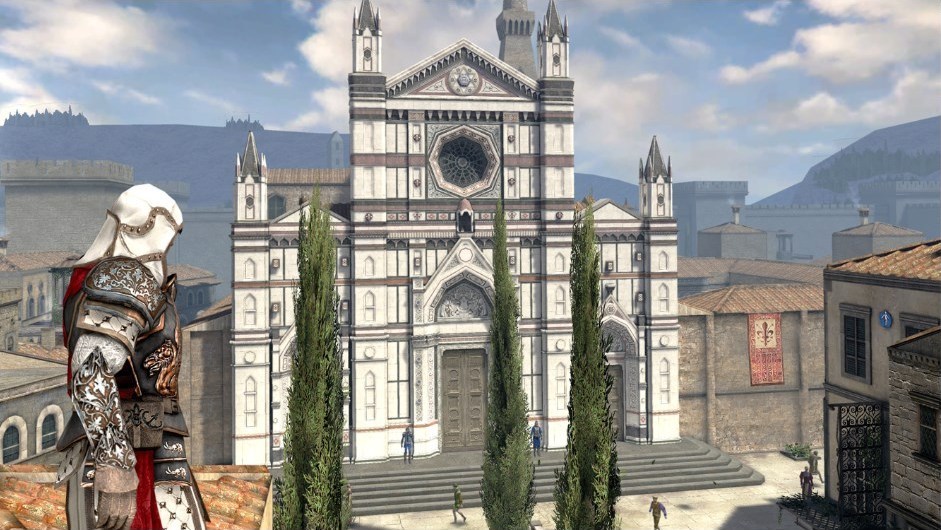
- Kerbal Space Program is a space flight simulation. Kerbals are little green aliens that resemble Minions. The game revolves around them constructing spaceships, sending them to outer space, and landing on other planets.
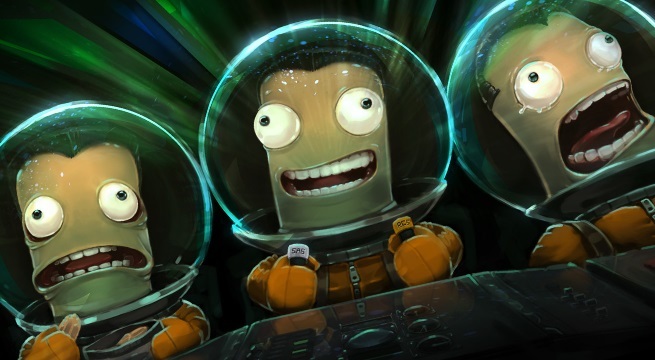
Unity is also excellent for building augmented reality and virtual reality solutions. It provides support for native Oculus Rift, Samsung Gear VR, and PlayStation VR, and enables developers to achieve frame rates and graphics quality needed to create impressive virtual experiences. Any 360 video can be made truly interactive using Unity 3D; it allows adding CG objects, ambisonic audio, and visual effects.
The development tool allows creating versatile environments using the PBR (physically-based rendering) and PBS (physically-based shading) visualization skills. PBR helps develop textures with colors that adjust according to the changes in lighting and environment. PBS enables interaction between materials and light so that surfaces can blend with the shifting light to achieve a high-level photorealism.
Is Unity easy to use?
Experts would likely say ‘Fairly easy’. Its interface is well organized with customizable panels that one can drag and drop:
-
-
All assets within a project are stored in the Project panel.
-
-
-
The assets are organized in a scene in the Hierarchy panel. Assets can be dragged here from the Project panel to add them to the current scene.
-
-
-
The Inspector panel provides the ability to inspect and adjust all attributes of a selected asset.
-
-
The assets are arranged in the Scene panel: the developer is able to move them around in 3D space, as well as to pan, rotate, and zoom the view.
To run the game being developed, one must press the Play button; the game can be paused during play to inspect a scene.
Unity in Action
Here is an example of our project dealing with photorealistic graphics settings:
Unity 5 was utilized to compile scripts, design the scenery, and develop real-time rendering. The team successfully used all of the engine’s rendering abilities, such as lighting settings, materials, textures, etc., within a very limited time. The software also facilitated interaction with HTC Vive: the interior visualization was intended for VR headsets, and Unity allowed adding the necessary SDK easily to the project.
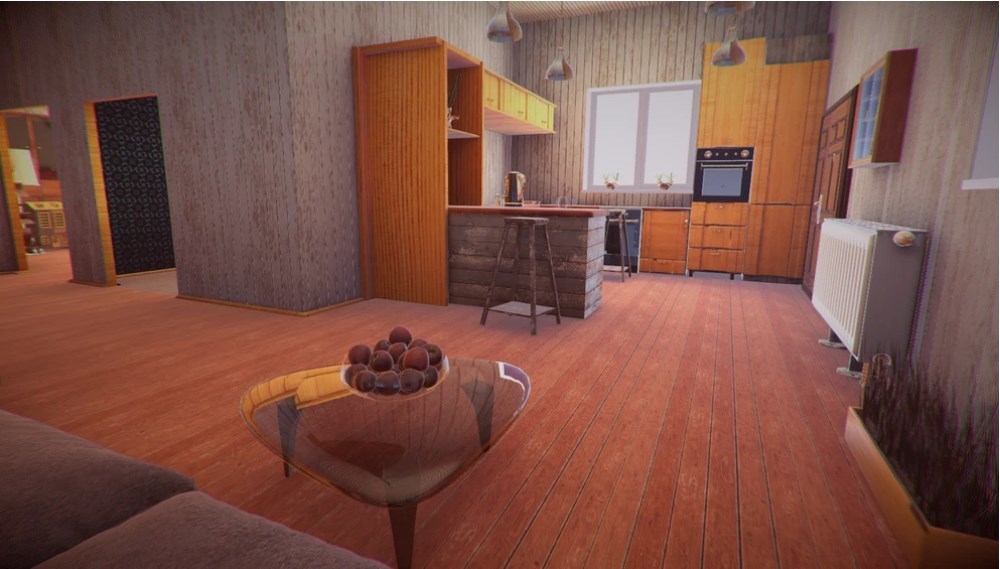
Along with Unity 3D, the technology stack included Real-Time Lighting, High Poly Modeling, Real-Time Global Illumination, Screen-Space Ambient Occlusion, Fast Approximate Anti-Aliasing, Post-Effects, Cinema 4D, Visual Studio Code, and Photoshop.
Photorealistic graphics settings like this may be used for video game environments, historical architecture visualizations, presentations of interior designs or room renovations, art exhibits, or whatever your imagination desires.
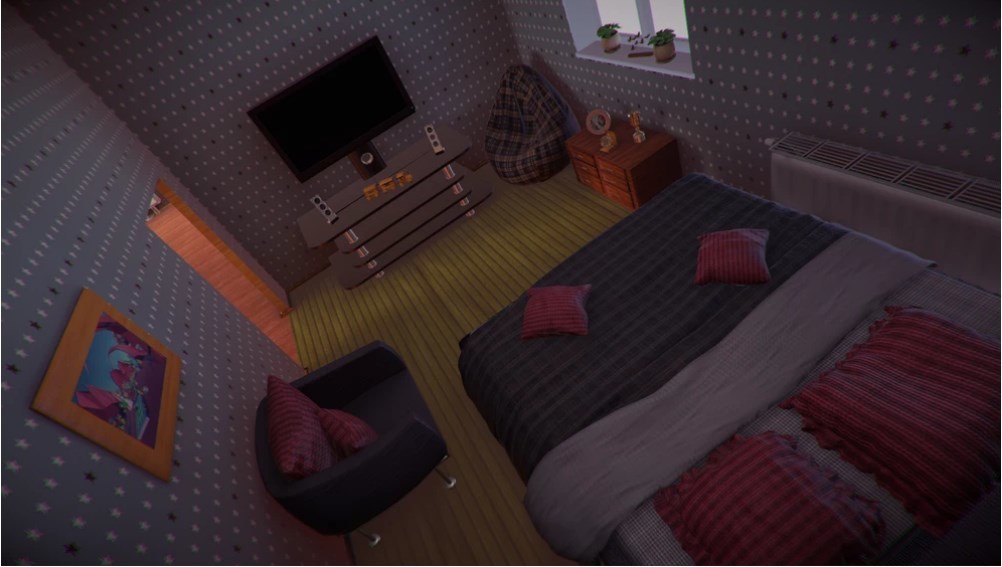
Now you know that Unity 3D is a leading cross-platform game-making software. The development of games and applications for mobile, desktop, the web, VR/AR, and consoles can be easier, faster, cheaper, more fun, and more efficient with the tool. Worth trying, isn’t it?
Learn more about virtual reality and augmented reality development at Alternative Spaces
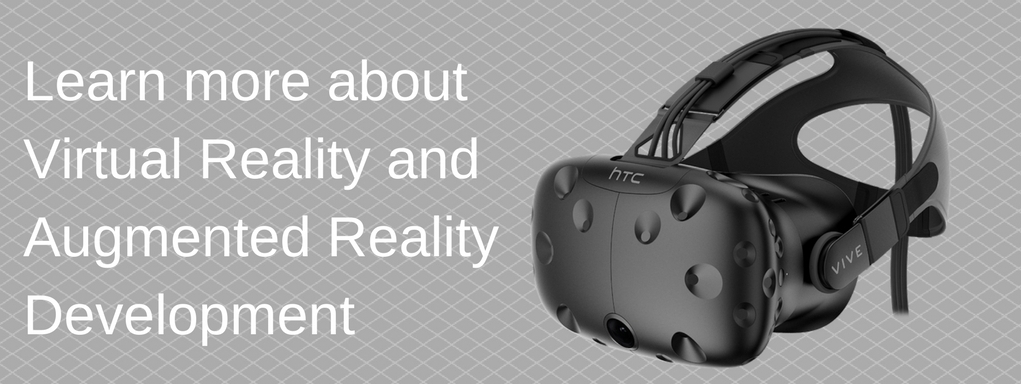
Content created by our partner, Onix-systems.
 Home
Home